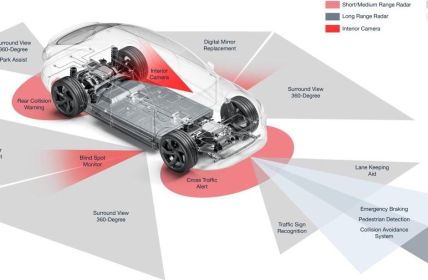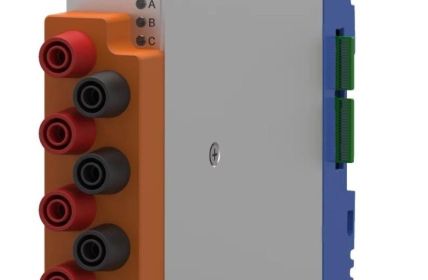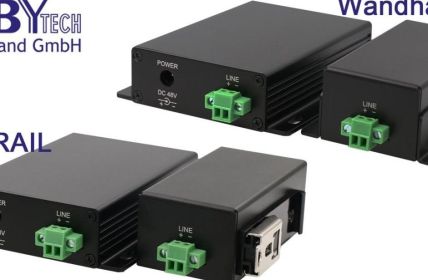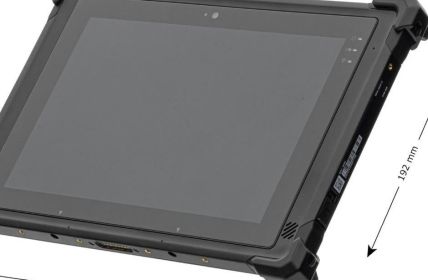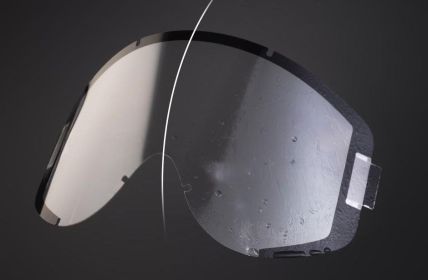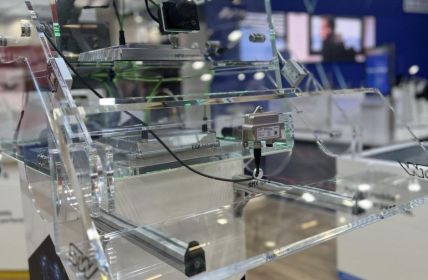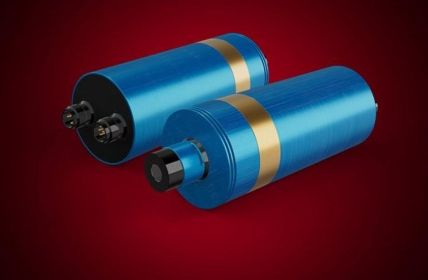Race Result, a timekeeping technology company, successfully acquired the Rain Xplorer Reader Checker from Cisc Semiconductor. The solution can verify that the UHF RFID technology used in sports competitions is working properly.
Table of Contents: What awaits you in this article
Race Result: Athlete Timer
Race Result first gained access to UHF RFID technology in 2009, three years before it became widely used in sporting events. Since then, the company has either developed its own measuring devices or equipped third-party suppliers with operating software. The applications are mainly used in running and cycling.
Transponders and ground antennas for time recording
In practice, marathon runners, for example, are equipped with transponders located in their race numbers. These in turn are read by antennas on the ground as soon as they come within their range. The devices can detect finishes in tenths of a second. In extreme cases, these receivers must be able to accurately detect 100 to 1000 transmitters simultaneously. There is no margin for error here.
Little time and high wear
Users of measurement technology are usually under high cost and time pressure during application. They often have only about thirty minutes before and after events to set up and dismantle countless receivers and transmitters. In addition, these are not infrequently subjected to high loads, which can severely impair their service life. Measurement problems caused by large crowds are just as possible as unrecognized insensitivities due to wear and tear.
Checker against errors
To counter such problems, the Rain Xplorer Reader Checker was developed. For its work, the checker is connected to the interfaces of readers and receives indications of their respective functionality via differently colored LED lights. It checks for failures such as inaccurate antenna frequencies, incorrect air site parameters, geographical inaccuracies, insufficient power or reading errors.
Detecting the smallest deviations
The core of these investigations is to determine in good time before the start of events whether incorrect setups or even damage may have occurred due to storage, transport or installation of the sensitive equipment. Laypersons are seldom in a position to detect essential calibration problems in a timely manner.
This is because even functional tests with individual transmitters do not allow valid conclusions to be drawn as to whether the timekeepers react appropriately even in the case of mass counts in the shortest possible time. By checking the multiplex rate through the four ports, each UHF channel can be tested. In contrast to its test objects, the Checker is quite robustly manufactured so that it can be thrown into technician car toolboxes without suffering serious damage in the process.



